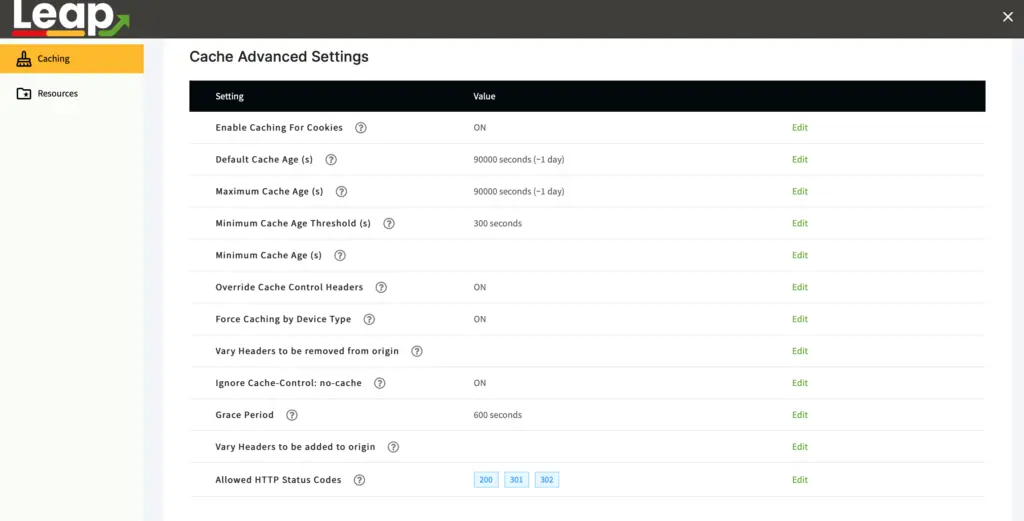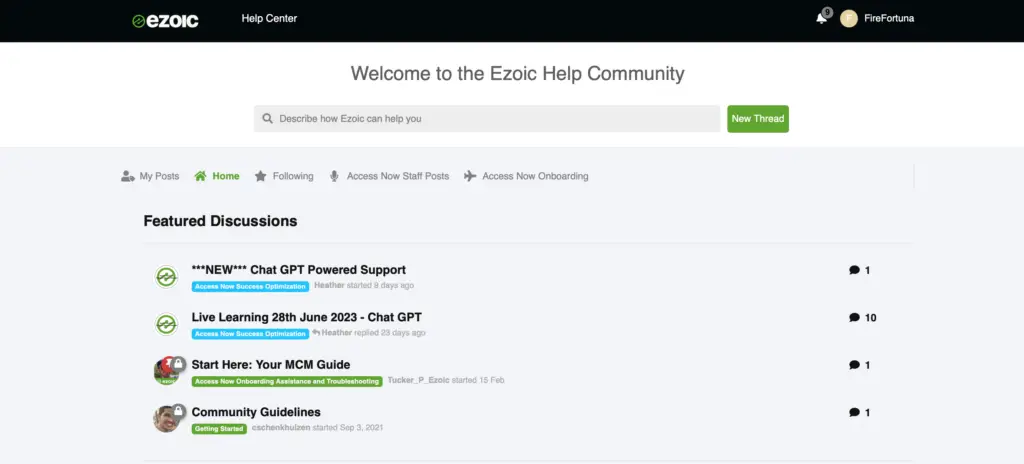Welcome to our series on Blogging as a Side Hustle.
Today, we’ll be focusing on a topic that many Ezoic users grapple with: updating content. Have you ever made changes to your site, only to find that they aren’t reflecting on your live platform? It’s a frustrating experience! I know exactly how you feel!
In this article, we’re going to tackle this common problem head-on.
I’m diving deep into the world of Ezoic to give you a step-by-step guide on what to do if your content is not updating on your site. So, whether you’re a seasoned Ezoic veteran or a newbie just starting to navigate the waters of this ad-testing platform, this blog post is a must-read. Grab a cup of cuppa and let’s embark on this troubleshooting journey together.
Table of Contents:
- What is a Cache Hit? (A little background for those interested)
- a) Lengthen Your Cache Age
- b) Override Cache-Control Headers
- 2) Uninstall Incompatible Caching Plugins
- 3) Review Your Cloudflare Caching Settings
What is a Cache Hit? (A little background for those interested)
In the realm of digital networking, a ‘cache hit’ is a significant term. It refers to when the content request from a user is promptly fulfilled by the nearest edge server rather than making a longer trip to the origin server. On the other hand, a ‘cache miss’ is when the edge server can’t satisfy the request, and the query must reach the origin server.
The importance of this lies in the efficiency of data delivery. As a practical example, consider this: the average response time for a cache hit is a mere 7.52 milliseconds, compared to a hefty 715.12 milliseconds for a cache miss. That’s a stark difference of 707.6 milliseconds. What this implies is that a cache ‘miss’ can delay the content delivery by nearly a second compared to a cache ‘hit’. This differential can affect metrics like time to first byte and time to interactive, ultimately influencing user engagement.
In essence, maintaining a high cache hit rate, along with utilizing Ezoic’s free site speed features, helps ensure quick speeds and positive Core Web Vitals for most websites.
Now, you might wonder, “How is the cache hit rate calculated?” It’s a simple percentage, derived from the ratio of cache hits to the total of cache hits and misses.
For example, if Ezoic’s CDN reports 95 cache hits and 5 cache misses, your cache hit rate stands at a healthy 95%.
Curious about where to find your cache hit rate? It’s easy. Navigate to the Analytics tab in your dashboard, scroll to the Site Speed section, and select Caching > Ezoic Caching. Here, you’ll find data on cache ‘hit’ and ‘miss’ percentages.
If your cache hit rate isn’t as high as you’d like, there are steps you can take to improve it:
(This worked for me!)
a) Lengthen Your Cache Age
When you initiate caching through Ezoic, the platform automatically honours the ‘maximum cache age’ headers set up on the origin server. However, if there is no specified maximum age in the cache headers, a default 30-day ‘Default Cache Age’ (2592000) is established. This implies that your content will be stored on our CDN for 30 days before any updates are made. To hold your pages for longer before they are updated, you can augment the ‘Default Cache Age’. If your cache hit rate is not optimal, extending the ‘Default cache Age’ to 30 days could enhance this. You can modify the ‘Default Cache Age’ by clicking “Setting Values” and adjusting the number of seconds under ‘Default Cache Age’.
Please note, if your content frequently updates, increasing the cache age might hinder users from viewing the most current version of your pages. Therefore, we suggest employing Ezoic’s WordPress plugin to automate the clearing of the Ezoic cache whenever you make modifications.
b) Override Cache-Control Headers
Ezoic’s caching automatically respects any existing caching rules set up on your site at the origin. However, there are instances where the cache control headers established at your server can obstruct our cache from hitting. These can consist of cache-control headers, vary headers, and expired headers.
You have the ability to override these headers by visiting the ‘Caching’ section within the Leap app and selecting ‘Setting Values’. From here, you can shift the ‘Override Cache Control Headers’ from ‘OFF’ to ‘ON’.
Do note that if you have a Vary by Cookie set, it may be crucial to your site’s functionality. If this rule is overridden, our caching will disregard any cookies that are set for the purpose of changing your site content. If your site’s functionality is negatively impacted, you can revert this setting to ‘OFF’.

2) Uninstall Incompatible Caching Plugins
If you’re using the WordPress plugin integration and noticing a high cache miss rate, it’s advisable to ensure that you don’t have any incompatible caching plugins enabled on your site that cache ahead of Ezoic. A few examples of typically incompatible caching plugins include Swift Performance Cache, LiteSpeed Caching, WP Fastest Cache, AutoOptimise/AutoOptimise cache, WP-Optimize, and SG Optimizer.
3) Review Your Cloudflare Caching Settings
You can use both Cloudflare caching and the Ezoic Caching app simultaneously, providing your site with two layers of caching. If you’re utilizing your personal Cloudflare account via Cloudflare integration, it’s essential that your Cloudflare cache settings are set to “standard” or “aggressive” to ensure compatibility with Ezoic’s caching app. If the cache hit rate is notably lower than expected, it’s worth reviewing your settings in Cloudflare to ensure they’re set to ‘standard’.
Finally, please be aware that WordPress theme settings or plugins that attempt to minify, async, or defer scripts could make it impossible for Ezoic to cache them. Furthermore, WordPress plugins that perform “image optimization” often cache the images on their CDN, which might prevent Ezoic from caching or optimizing them. Such plugins can often contribute significantly to the overall time to interact.
If all else fails, I do recommend speaking to the Ezoic team via their Community Support.

You can start a new thread here I had a troubleshooting issue a couple of weeks ago and reached out to the team on a Saturday afternoon. I received a reply within half an hour. I had follow-up questions, and they replied throughout the weekend – so it’s definitely worth reaching out to the team.
Have any questions? Please do comment below! I may have already been through it so fire away,
I’ll see you soon! Appreciate ya 🙂 xx

No responses yet